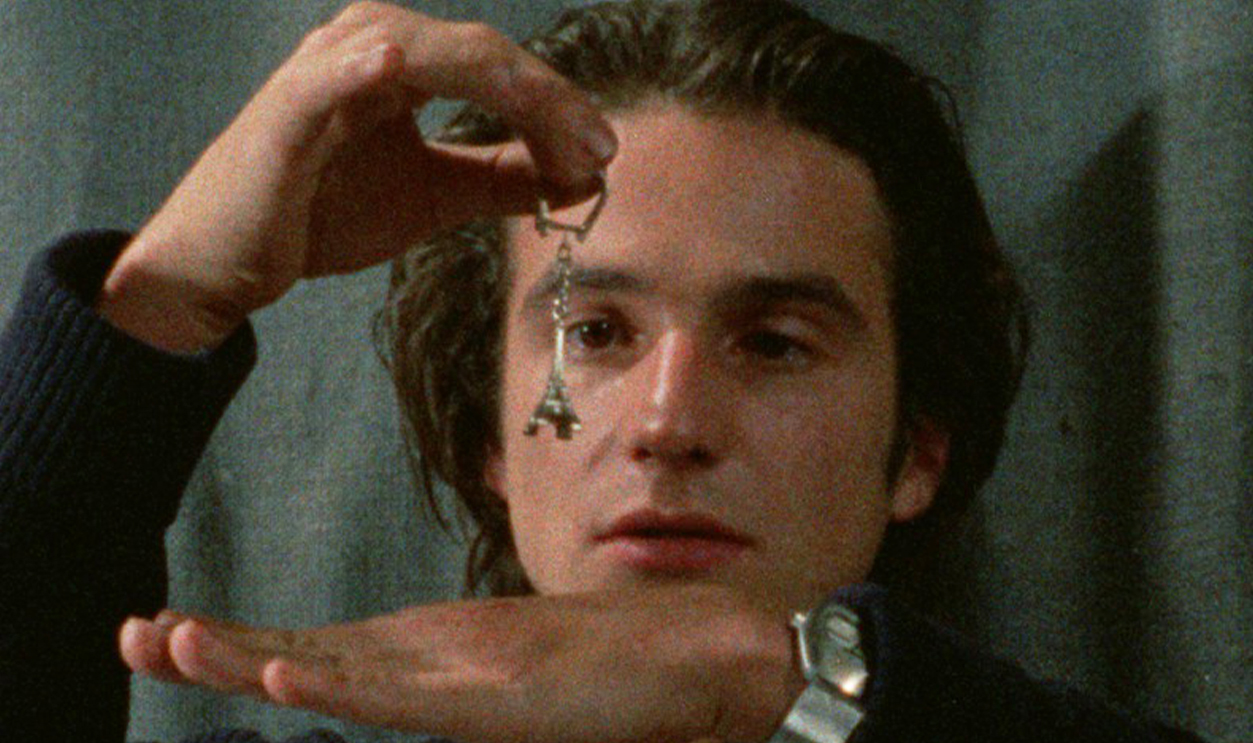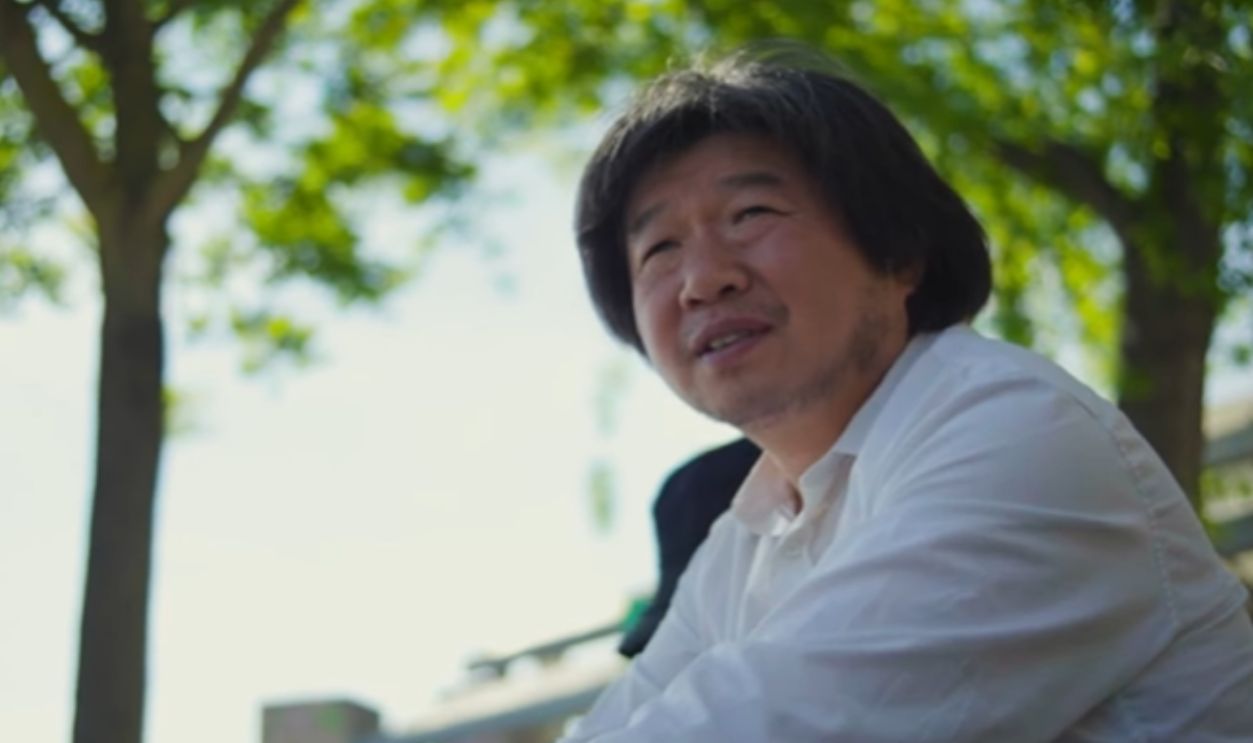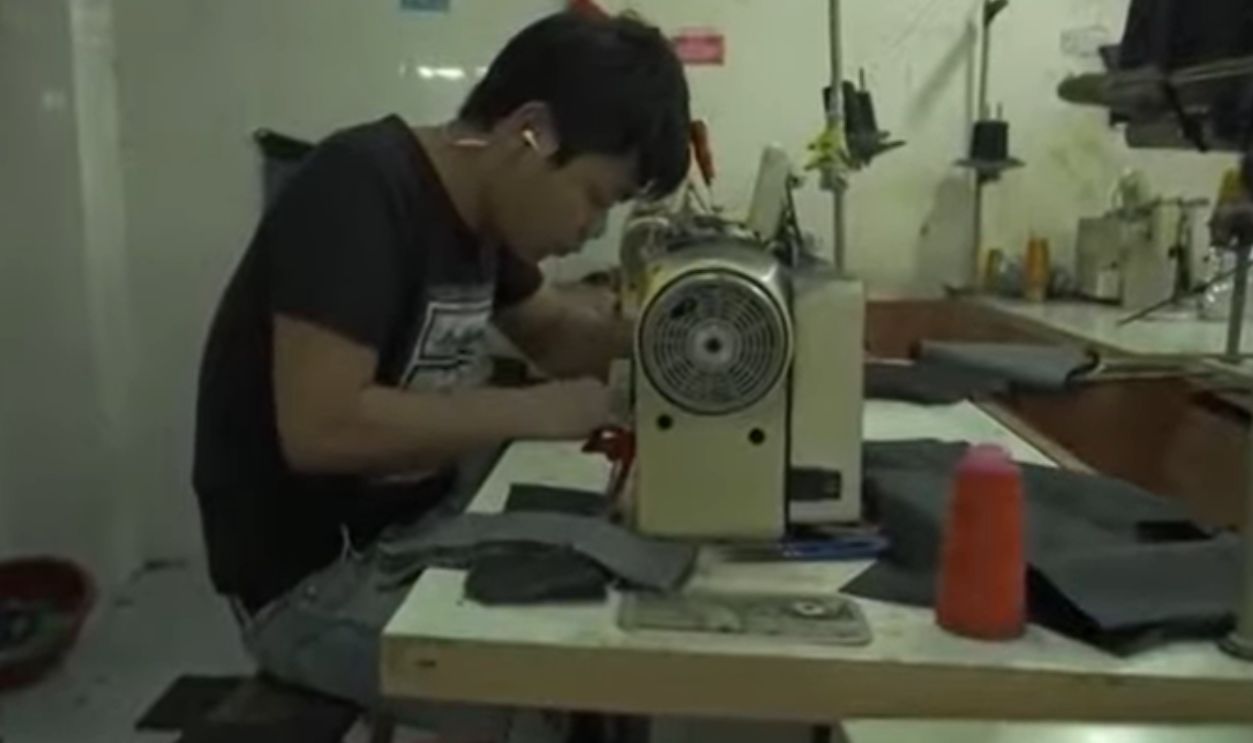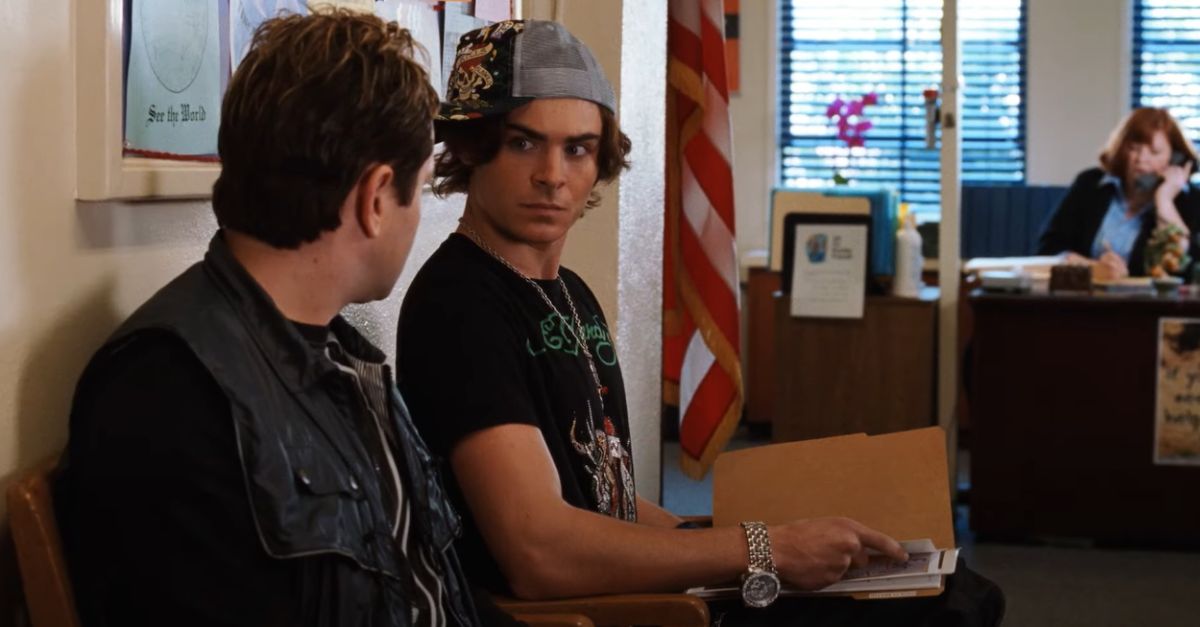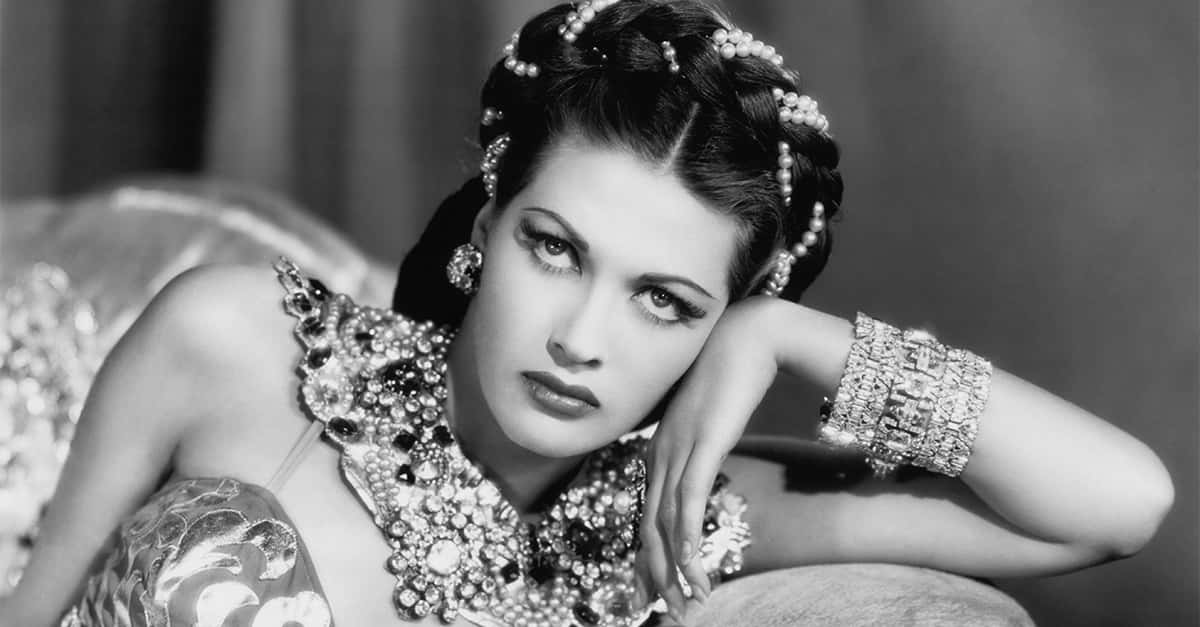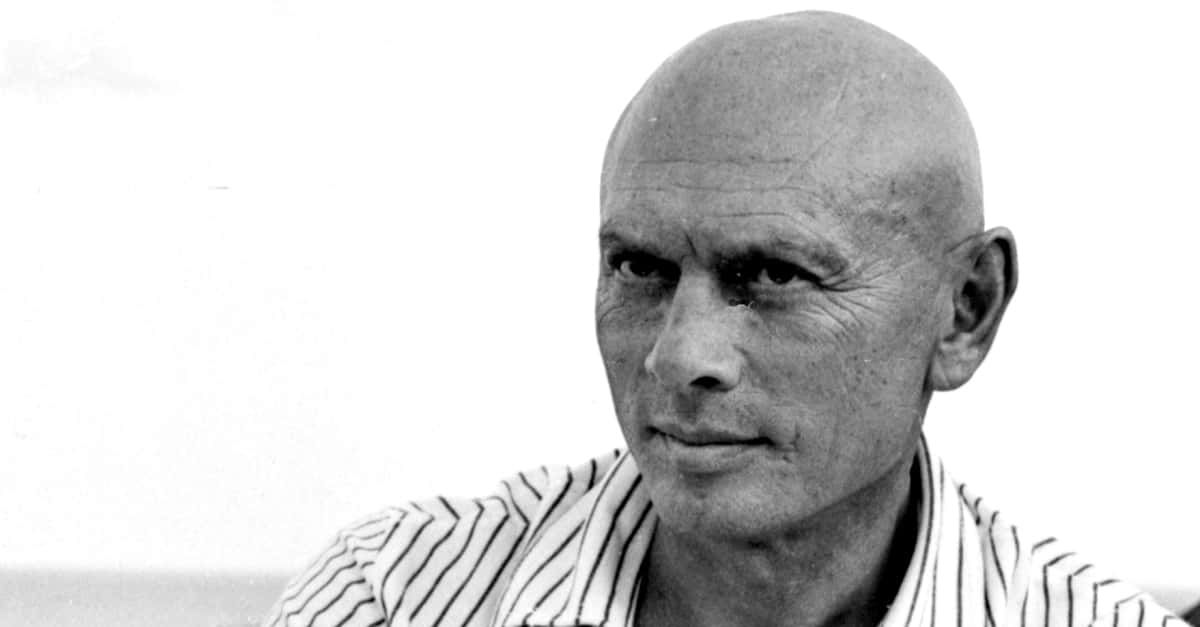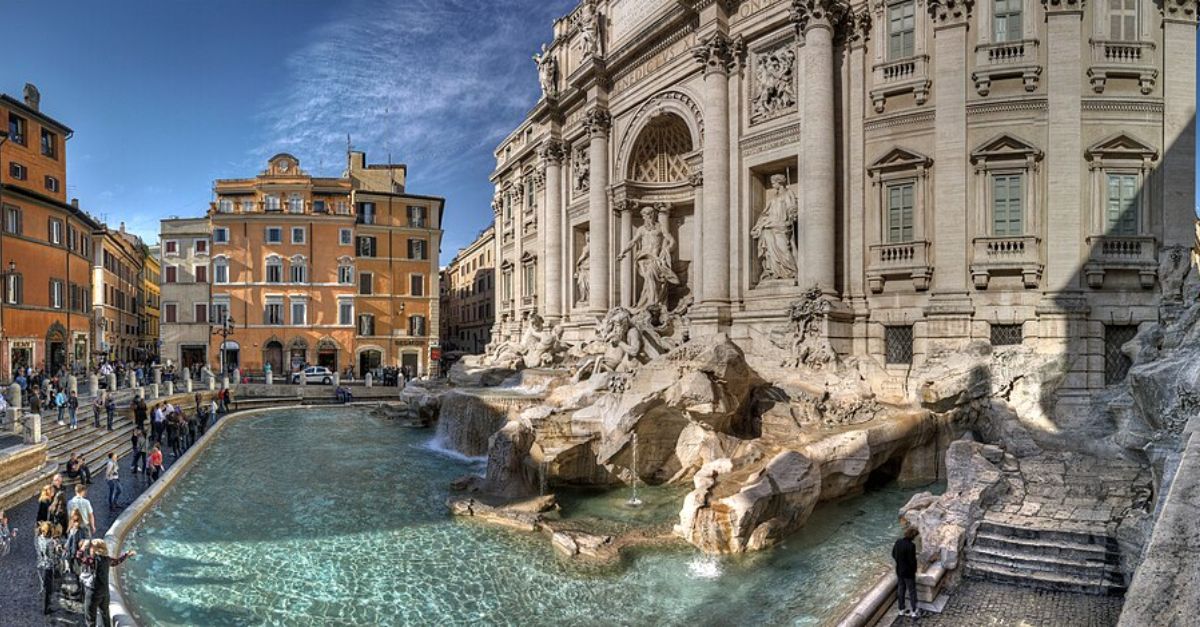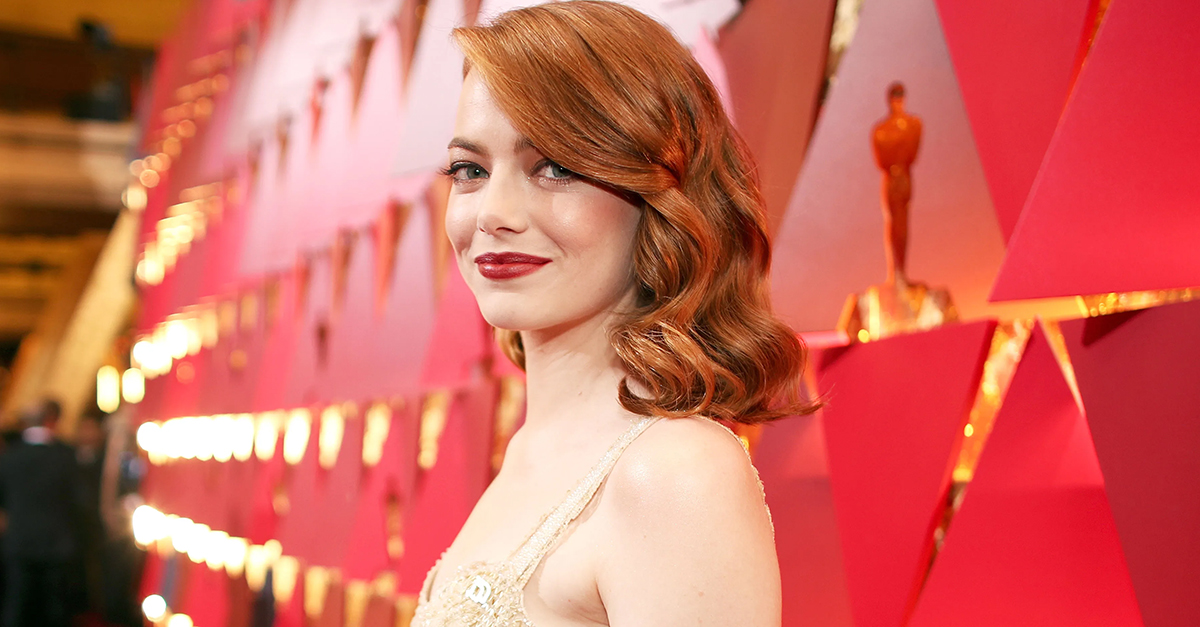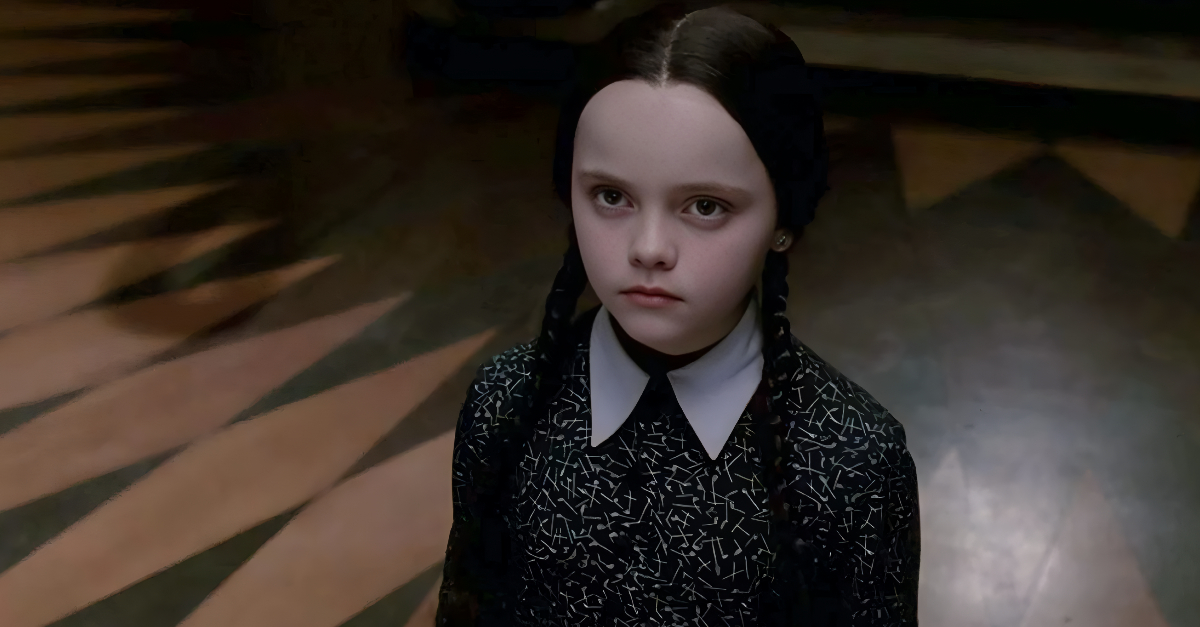Bring A Snack, You’ll Be Here A While
If you think sitting through a three-hour blockbuster is a test of endurance, think again. Some filmmakers decided that storytelling shouldn’t be measured in minutes, but in days. These marathon-length movies push the boundaries of patience, art, and what we even call “watchable”. From all-day documentaries to 35-day experimental art projects, these are the longest films ever made. So, grab a snack, clear your schedule, and prepare to question your attention span.
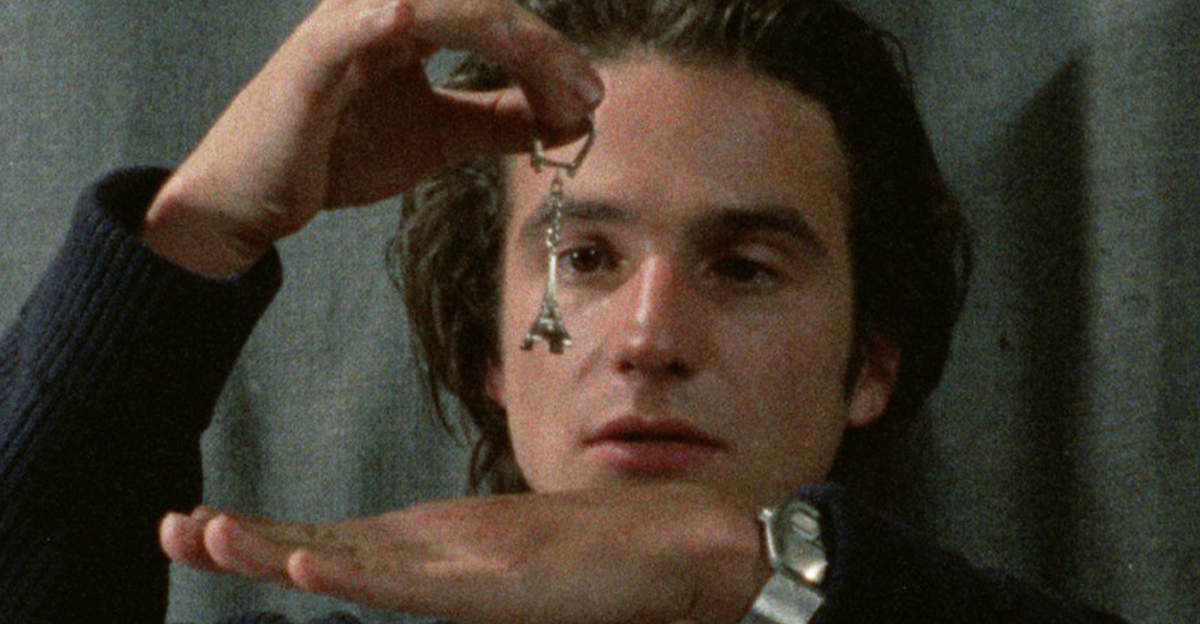
Tie Xi Qu: West Of The Tracks (2002)
Total Runtime: 9 hours, 11 minutes
Directed by Wang Bing, this monumental Chinese documentary follows the slow decay of an industrial district in Shenyang. Split into three parts, it immerses you in the crumbling factories, fading livelihoods, and shifting identity of post-industrial China. Its long runtime gives the people and places room to breathe, creating a portrait that feels less like a film and more like lived experience.
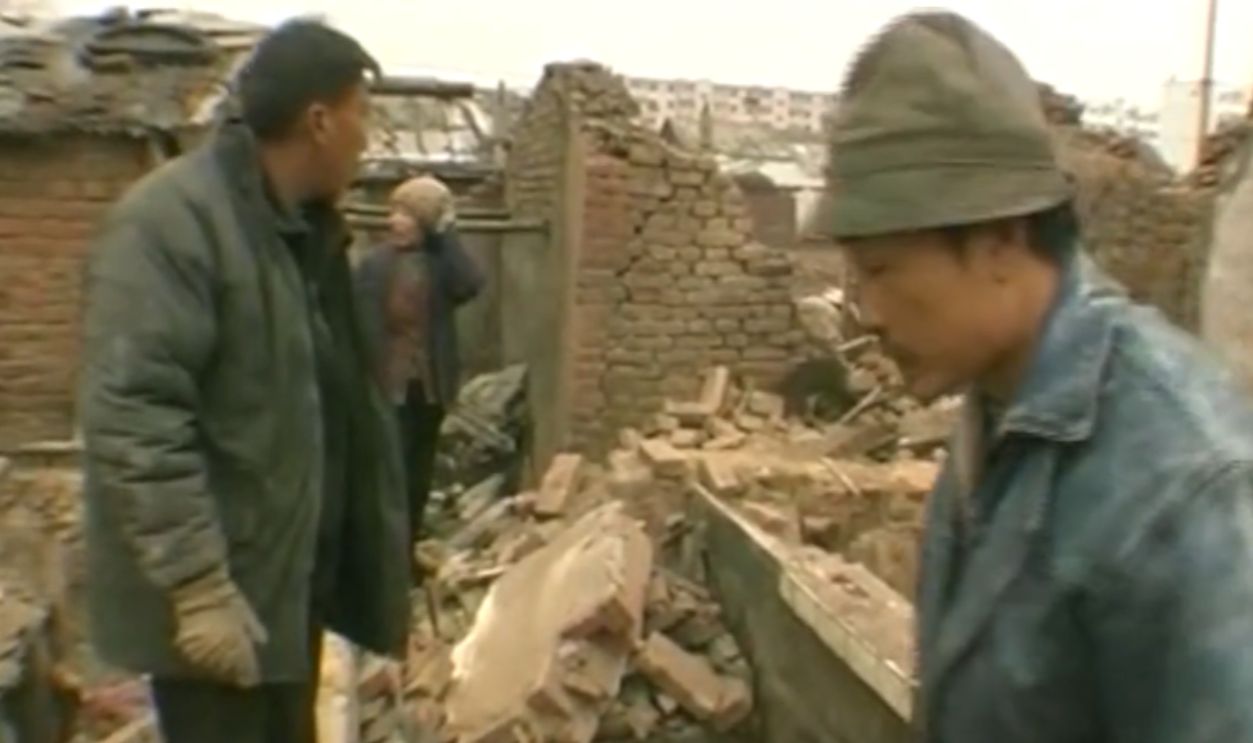 Cinema Guild, Tie Xi Qu: West of the Tracks (2002)
Cinema Guild, Tie Xi Qu: West of the Tracks (2002)
Shoah (1985)
Total Runtime: 9 hours, 26 minutes
Claude Lanzmann’s landmark documentary on the Holocaust refuses shortcuts or simplifications. It uses no archival footage, relying solely on interviews with survivors, witnesses, and perpetrators, along with modern-day visits to the sites of horror. The sheer length forces viewers to sit with history, confronting the weight of memory in a way few films ever dare to.
 New Yorker Films, Shoah (1985)
New Yorker Films, Shoah (1985)
Paint Drying (2023)
Total Runtime: 10 hours, 7 minutes
Yes, it’s exactly what it sounds like: 10 hours of paint drying on a wall. But Charlie Shackleton’s film isn’t a prank, it’s a clever protest against film censorship in the UK. The runtime mocks bureaucracy while exploring endurance, testing whether audiences can find meaning in pure monotony. Ironically, it ends up being more fascinating than it should be.
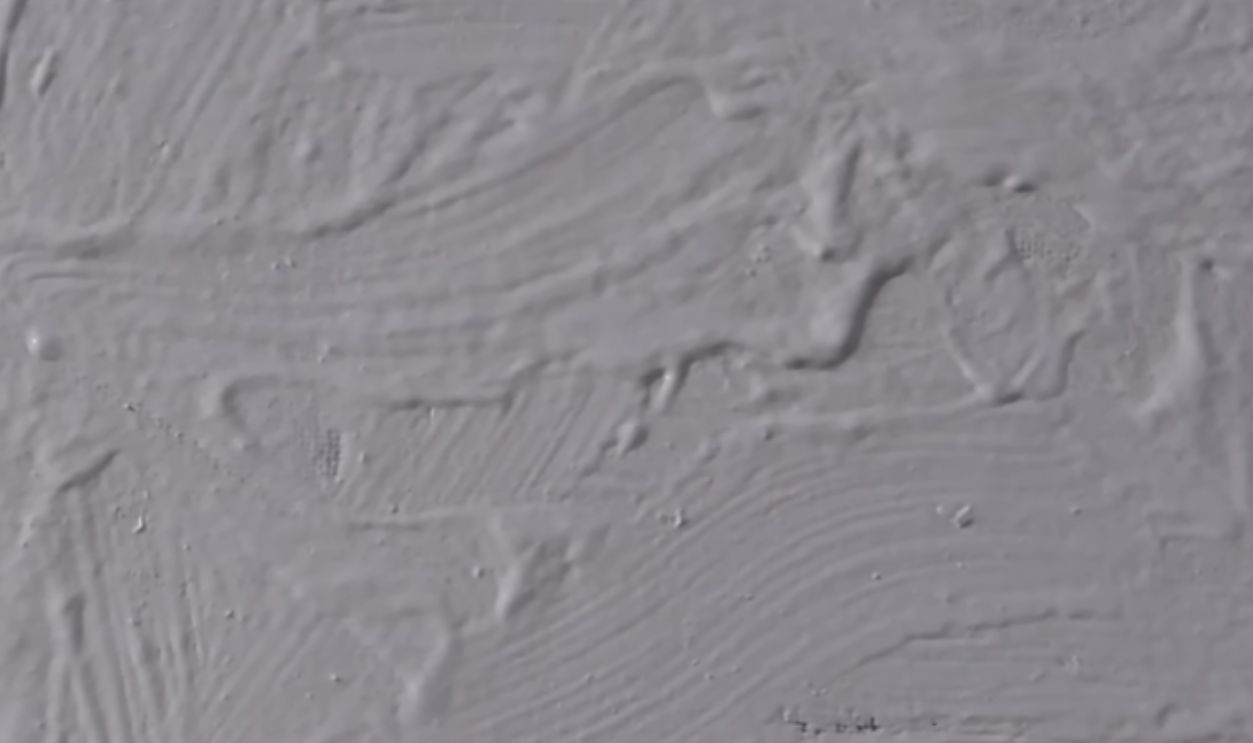 Loop Projects, Paint Drying (2023)
Loop Projects, Paint Drying (2023)
Evolution Of A Filipino Family (2004)
Total Runtime: 10 hours, 24 minutes
Lav Diaz’s slow cinema masterpiece chronicles a rural Filipino family through decades of poverty, oppression, and political upheaval. The film’s patience mirrors life itself, unfolding in real time as characters age, adapt, and endure. Its unhurried pace turns the passage of time into the story, blending personal hardship with the nation’s history.
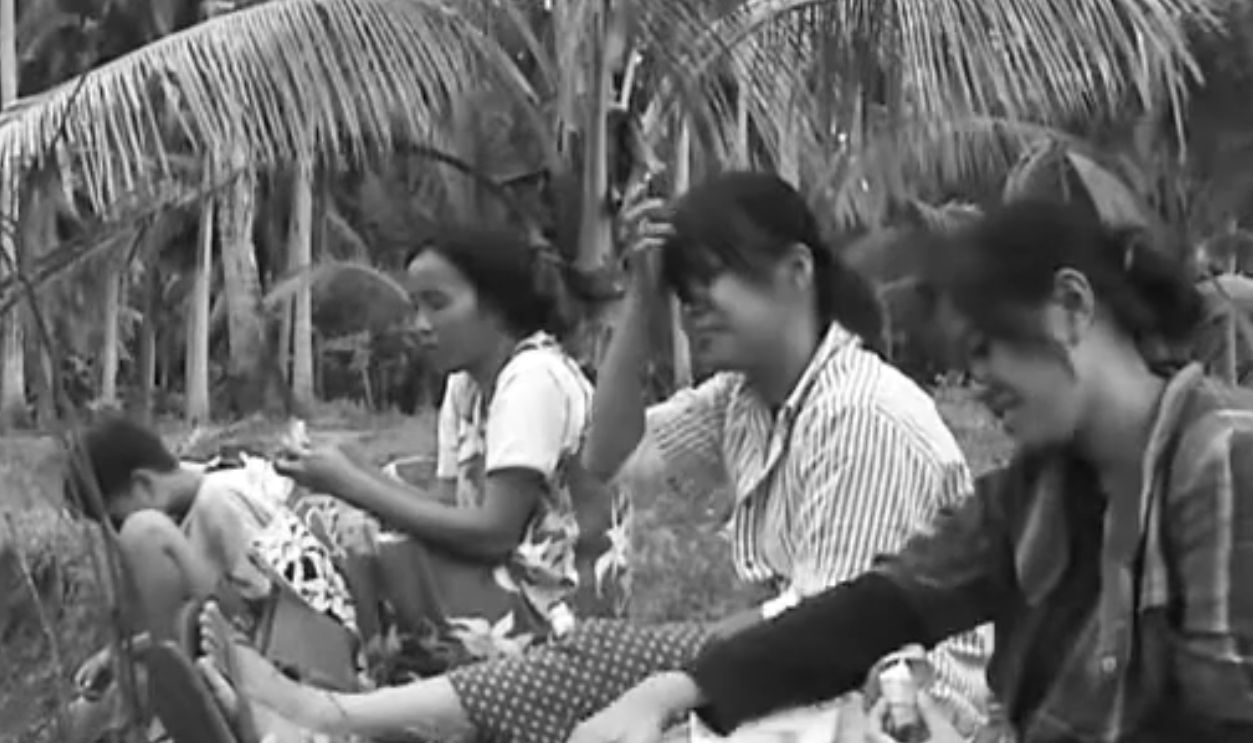 Sine Olivia, Evolution of a Filipino Family (2004)
Sine Olivia, Evolution of a Filipino Family (2004)
Circus Savage (2009)
Total Runtime: 10 hours, 43 minutes
An overlooked experimental documentary that captures the world of traveling circus performers across continents. It combines long observational takes, behind-the-scenes chaos, and emotional moments between performers. The runtime allows viewers to experience the rhythm of nomadic life, where every performance hides exhaustion and every laugh masks struggle.
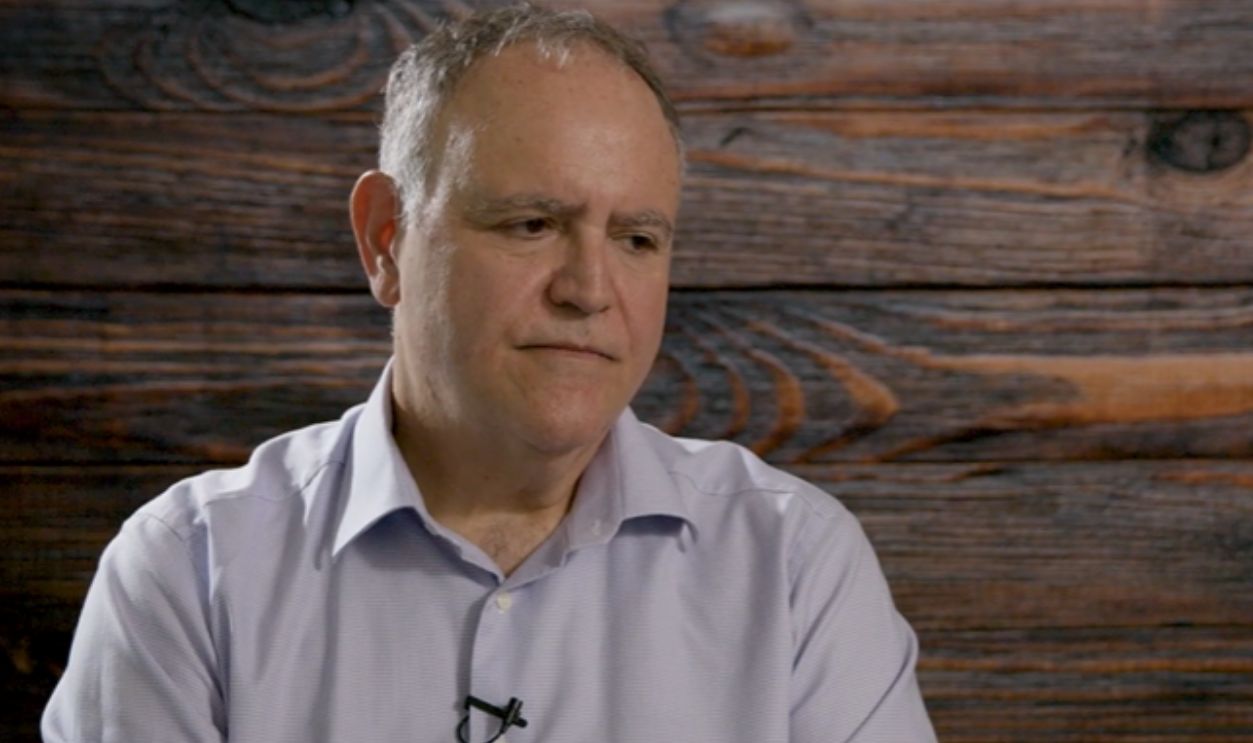 Biggest Mistakes A Beginning Editor Makes - Lawrence Jordan, ACE, Film Courage
Biggest Mistakes A Beginning Editor Makes - Lawrence Jordan, ACE, Film Courage
How Yukong Moved The Mountains (1976)
Total Runtime: 12 hours, 43 minutes
Joris Ivens and Marceline Loridan-Ivens deliver a sprawling documentary about everyday life during China’s Cultural Revolution. Shot across fifteen parts, it captures workers, teachers, and soldiers adapting to radical change. The runtime mirrors the vastness of its subject, showing the revolution not as a headline, but as millions of daily lives unfolding in detail.
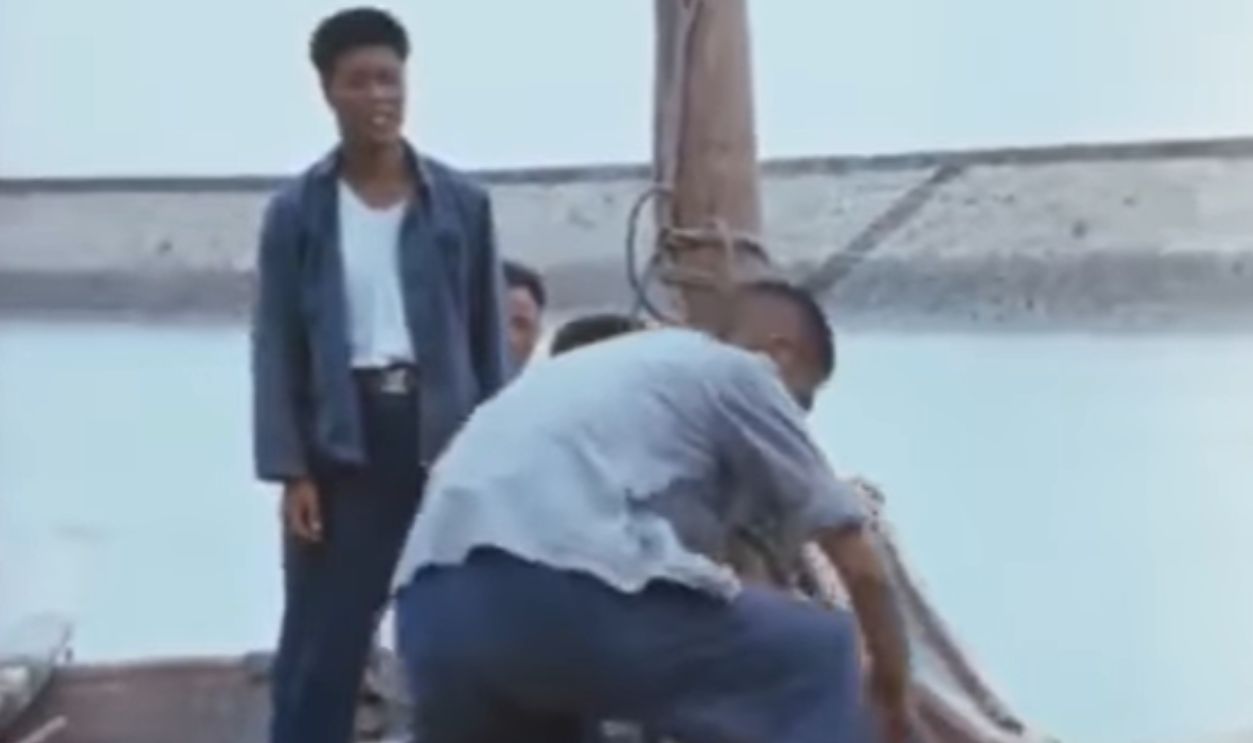 Capi Films, How Yukong Moved the Mountains (1976)
Capi Films, How Yukong Moved the Mountains (1976)
Out 1 (1971)
Total Runtime: 12 hours, 55 minutes
Jacques Rivette’s epic experimental film weaves together theatre rehearsals, secret societies, and cryptic letters in 1970s Paris. With its mysterious narrative and improvisational performances, it’s part detective story, part art experiment. The length invites you to get lost in its rhythm, a slow drift through paranoia, performance, and possibility.
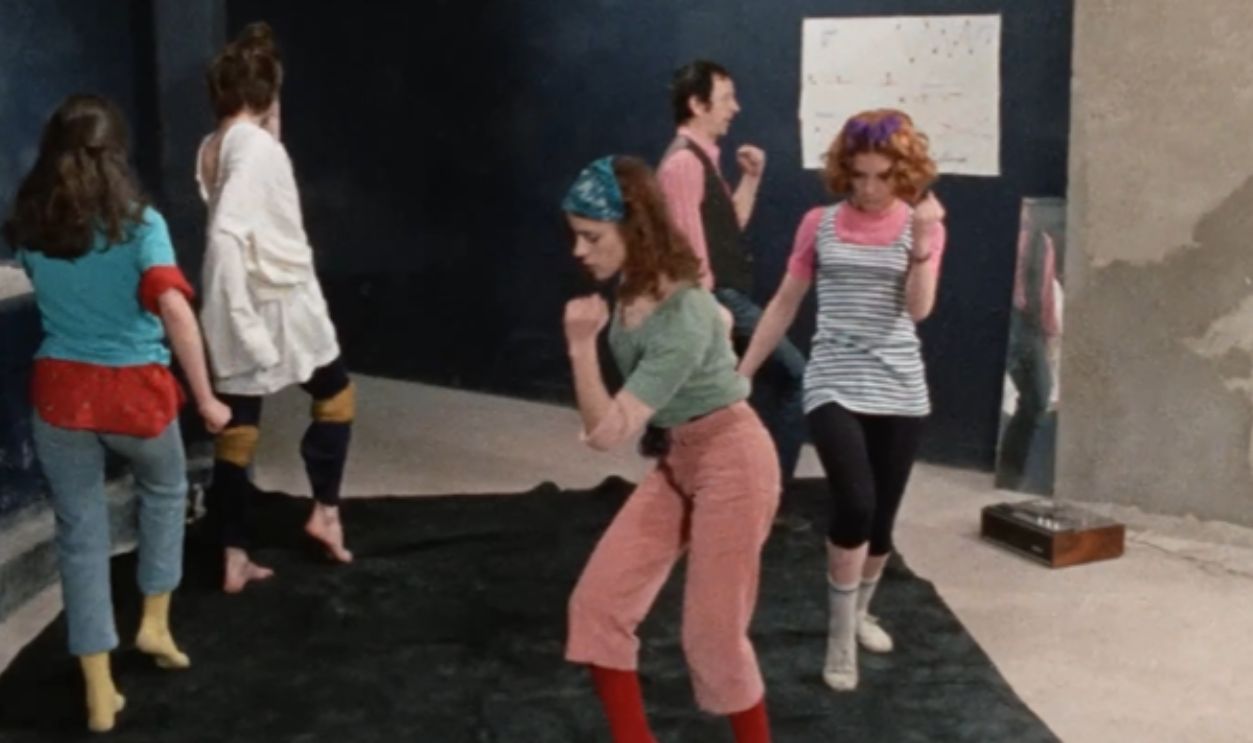 Sunshine Productions, Out 1 (1971)
Sunshine Productions, Out 1 (1971)
La Flor (2018)
Total Runtime: 13 hours, 23 minutes
Mariano Llinás’s Argentine opus is a cinematic labyrinth made up of six interconnected stories across multiple genres. There’s spy intrigue, horror, romance, and meta-narrative all starring the same four actresses. Its massive runtime becomes part of the fun, turning the film into a playful challenge about how long a story can keep reinventing itself.
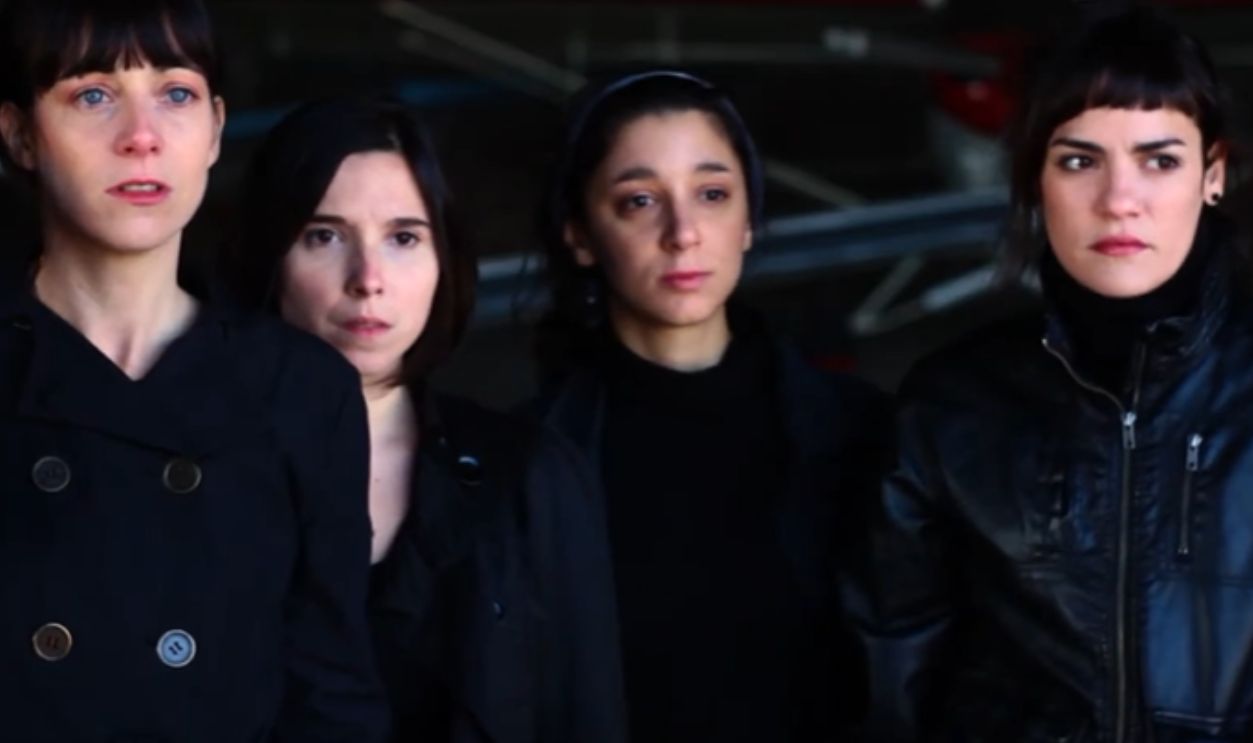 El Pampero Cine, La Flor (2018)
El Pampero Cine, La Flor (2018)
Bordeaux Piece (2004)
Total Runtime: 13 hours, 43 minutes
Shot entirely in the French city of Bordeaux, this experimental work by Michel Auder focuses on rhythm, architecture, and daily routine. It captures ordinary people and places over long stretches of time until repetition becomes beauty. The film rewards patient viewers with unexpected poetry hidden inside everyday monotony.
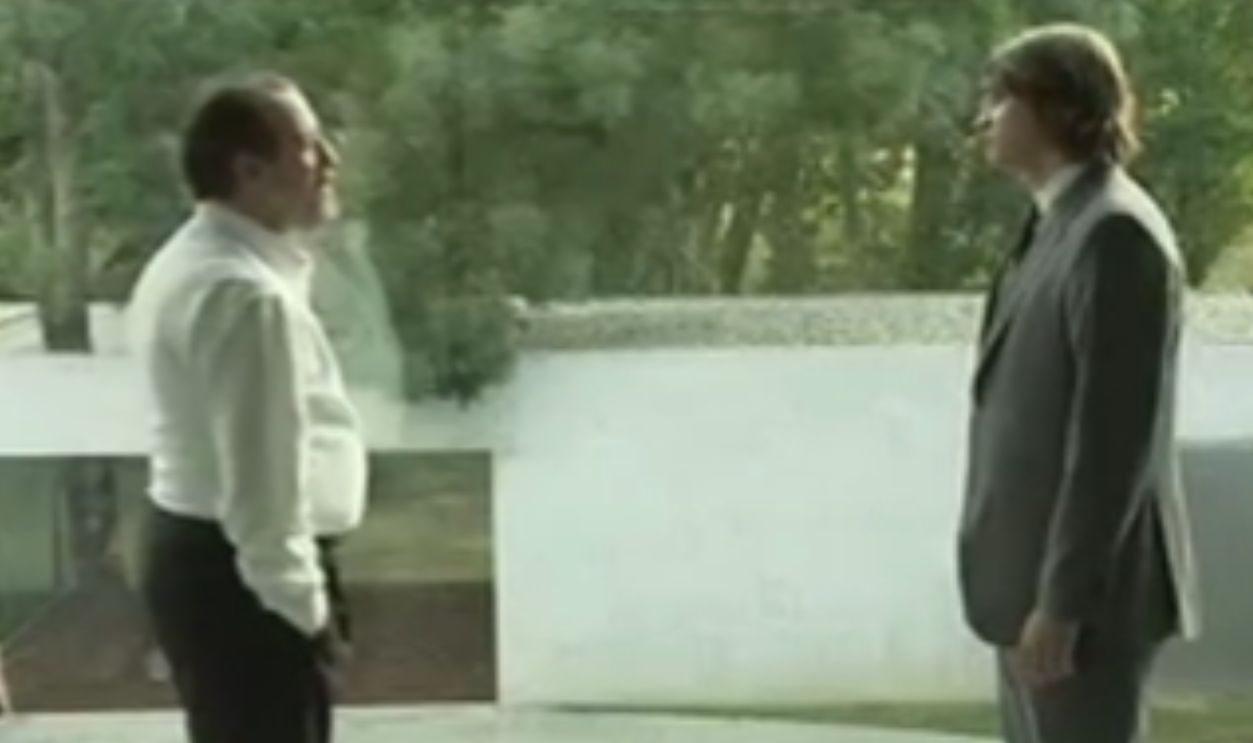 David Claerbout, Bordeaux Piece (2004)
David Claerbout, Bordeaux Piece (2004)
Crude Oil (2008)
Total Runtime: 14 hours
Chinese director Wang Bing appears again with this hypnotic look at workers in an oil field in Inner Mongolia. The film’s long takes immerse the viewer in the exhausting routines and isolation of industrial labor. It’s meditative, monotonous, and strangely captivating, a portrait of human endurance and quiet dignity in extreme conditions.
Resan (1987)
Total Runtime: 14 hours, 33 minutes
Peter Watkins’ globe-spanning documentary examines how ordinary people across different cultures respond to issues like war and nuclear weapons. With extended interviews and detailed travel footage, it feels more like a global conversation than a film. The runtime reflects the enormity of its question: how can humanity confront its own self-destruction?
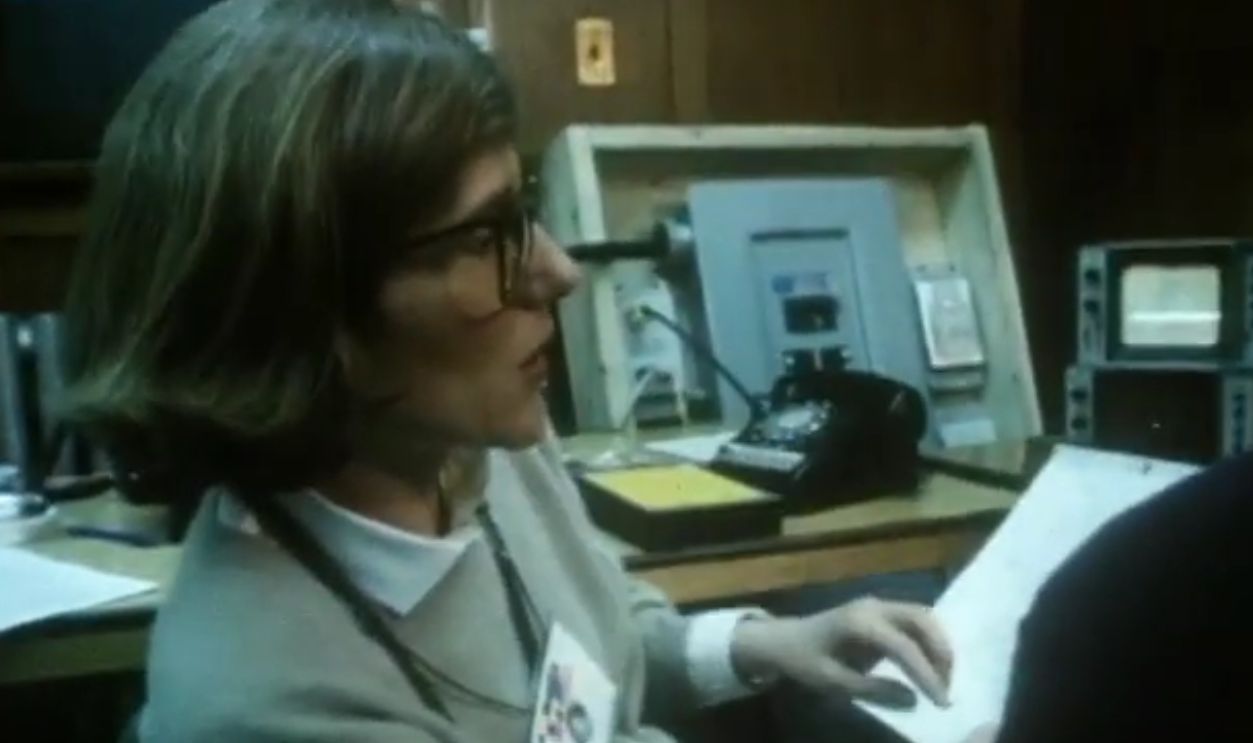 Channel 4 Television, Resan (1987)
Channel 4 Television, Resan (1987)
15 Hours (2017)
Total Runtime: 15 hours
This little-known experimental project uses time itself as the subject. Scenes unfold in real-time without dramatic peaks or cuts, forcing viewers to engage with duration as a kind of character. It’s more of an artistic endurance test than a conventional movie, rewarding those who surrender to its pace.
The Innocence (2019)
Total Runtime: 21 hours
A deeply ambitious art film exploring guilt, trauma, and transformation across multiple generations. With sprawling characters and long meditative sequences, it turns storytelling into ritual. Watching it feels like living alongside its characters, as moments stretch and memories overlap.
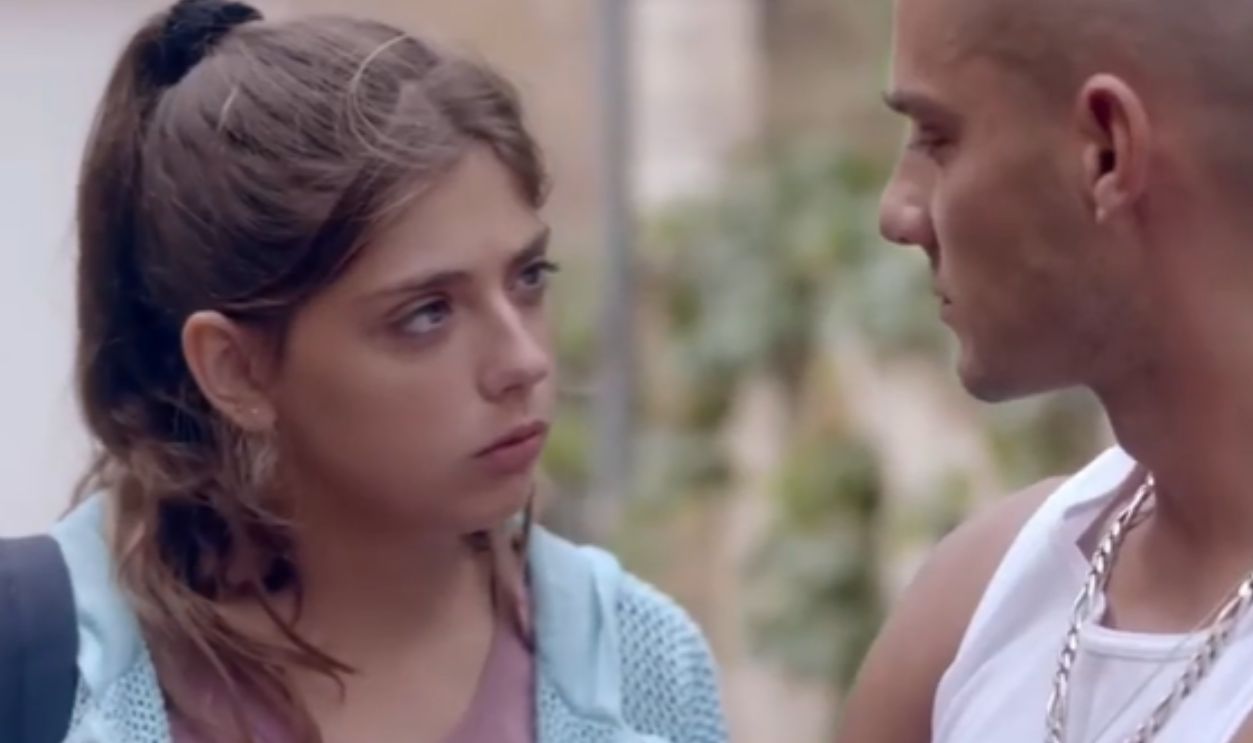 Turanga Films, The Innocence (2019)
Turanga Films, The Innocence (2019)
My Human Time (2014)
Total Runtime: 24 hours
A conceptual film that explores the idea of time as a lived human experience. The camera quietly observes people performing simple actions like walking, sleeping, or waiting over an entire day. It blurs the line between documentary and installation, inviting audiences to slow down and actually feel the hours pass.
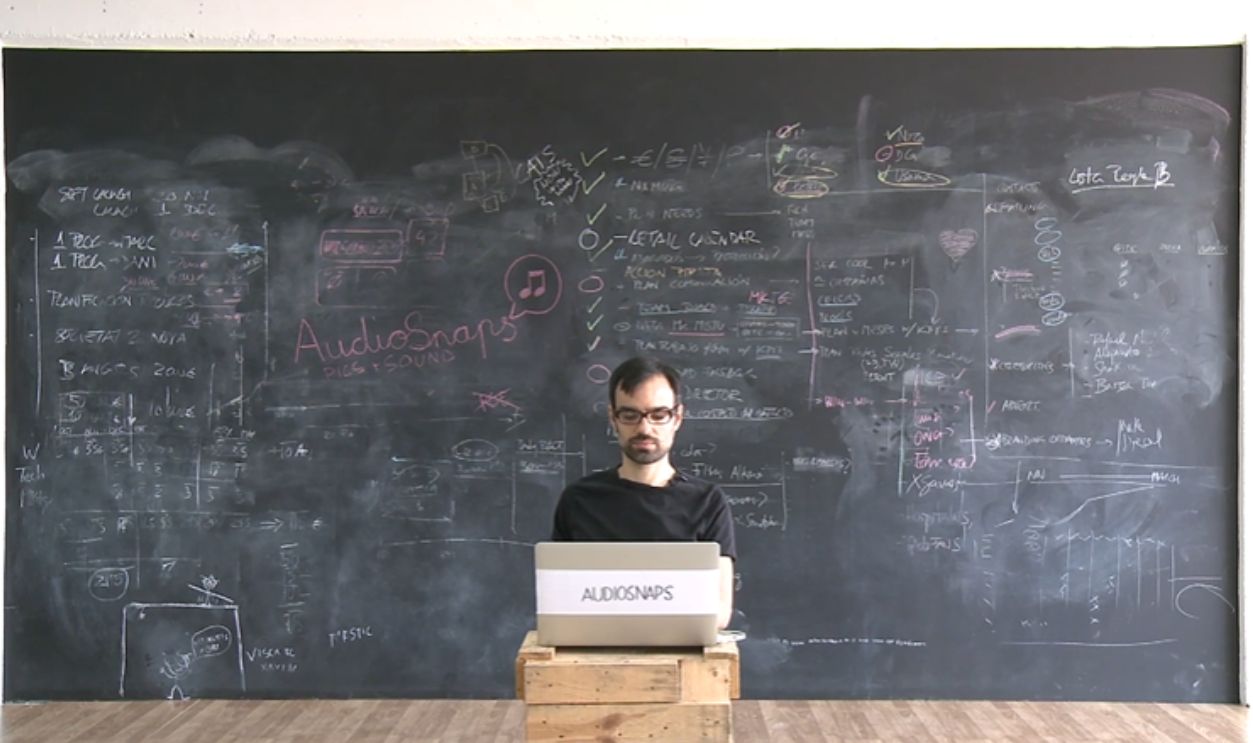 AudioSnaps, My Human Time (2014)
AudioSnaps, My Human Time (2014)
The Clock (2010)
Total Runtime: 24 hours
Christian Marclay’s celebrated video installation assembles thousands of clips from film history, each synchronized to the actual time of day. Watch it at 3:14 p.m., and the onscreen clock will read 3:14 p.m. too. It’s a brilliant fusion of film history and real-world experience that turns time itself into storytelling.
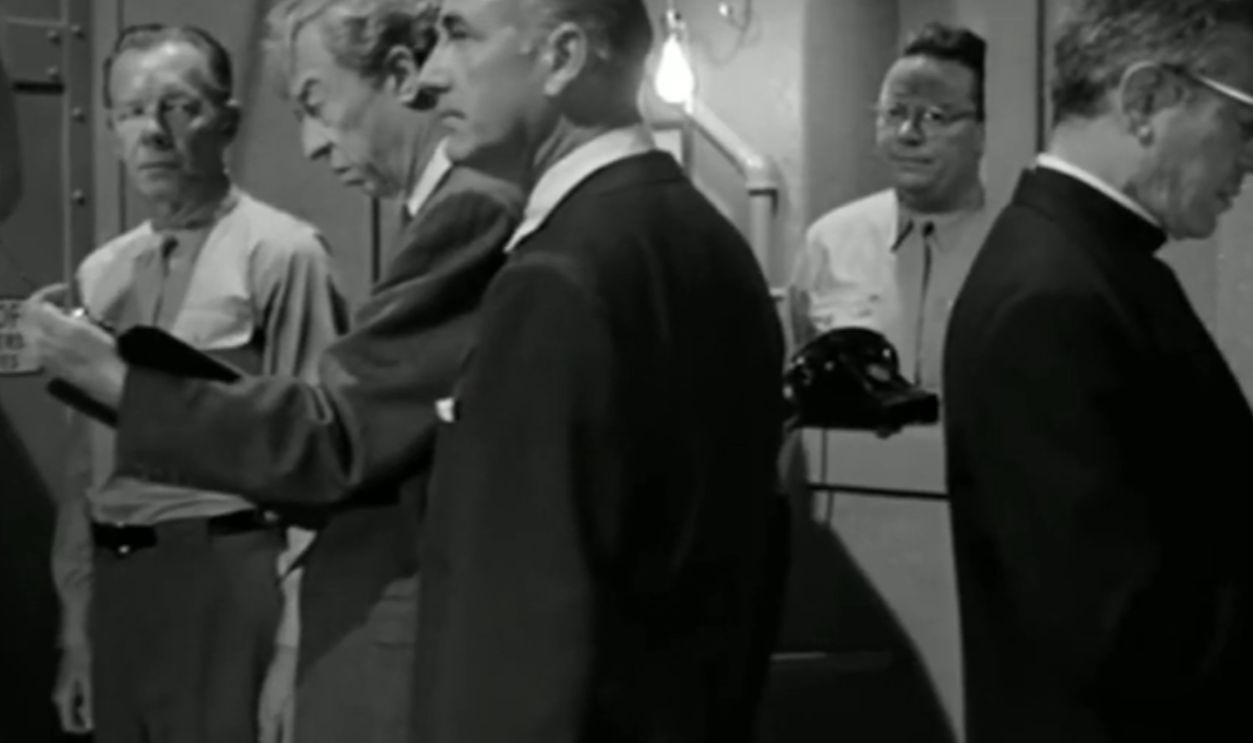 White Cube Gallery, The Clock (2010)
White Cube Gallery, The Clock (2010)
24 Hour Psycho (1993)
Total Runtime: 24 hours
Artist Douglas Gordon slowed Alfred Hitchcock’s Psycho down to two frames per second, stretching a 109-minute thriller into a full-day experience. What was once shocking becomes meditative, transforming suspense into abstraction. It’s both homage and deconstruction, a haunting reflection on how time reshapes fear.
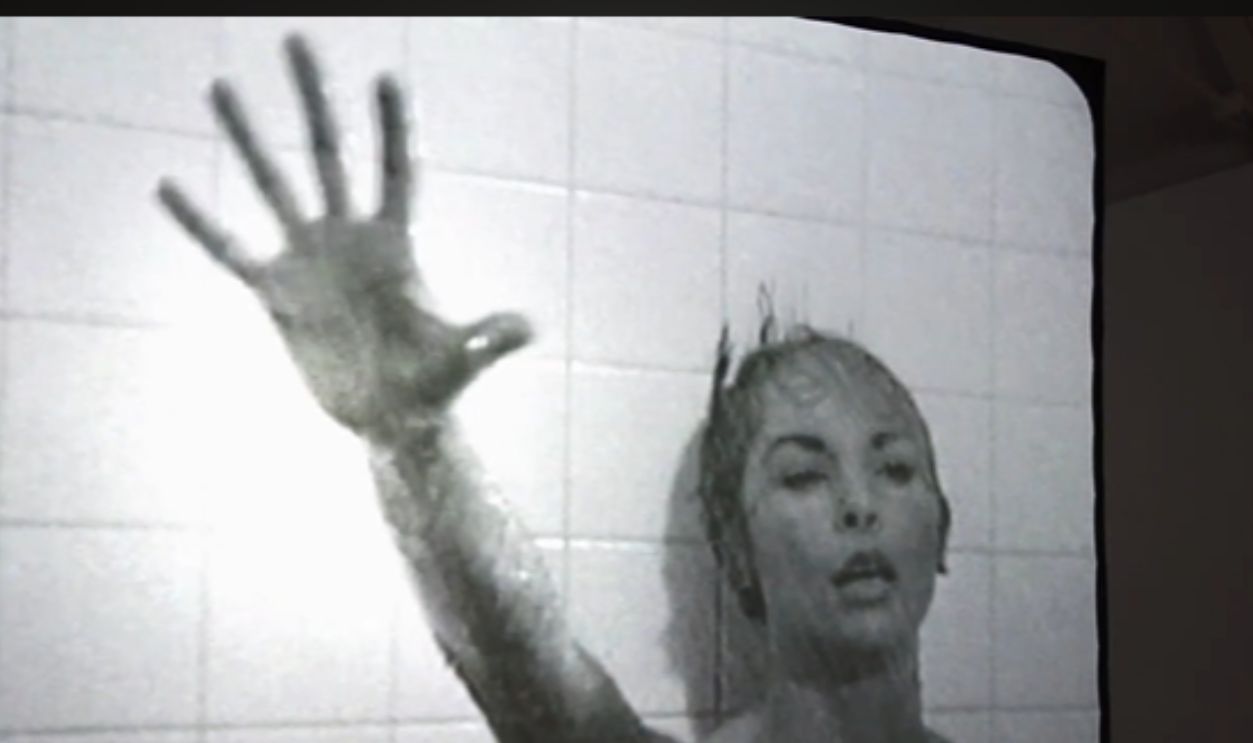 The Fruitmarket Gallery, 24 Hour Psycho (1993)
The Fruitmarket Gallery, 24 Hour Psycho (1993)
Four Stars (1967)
Total Runtime: 25 hours
Andy Warhol’s longest film project features overlapping reels of improvisation, celebrity cameos, and random fragments of New York life. It’s chaotic, messy, and fascinating, serving as a time capsule of 1960s counterculture. Rather than tell a story, it captures energy, the spontaneous rhythm of a scene that refused to sit still.
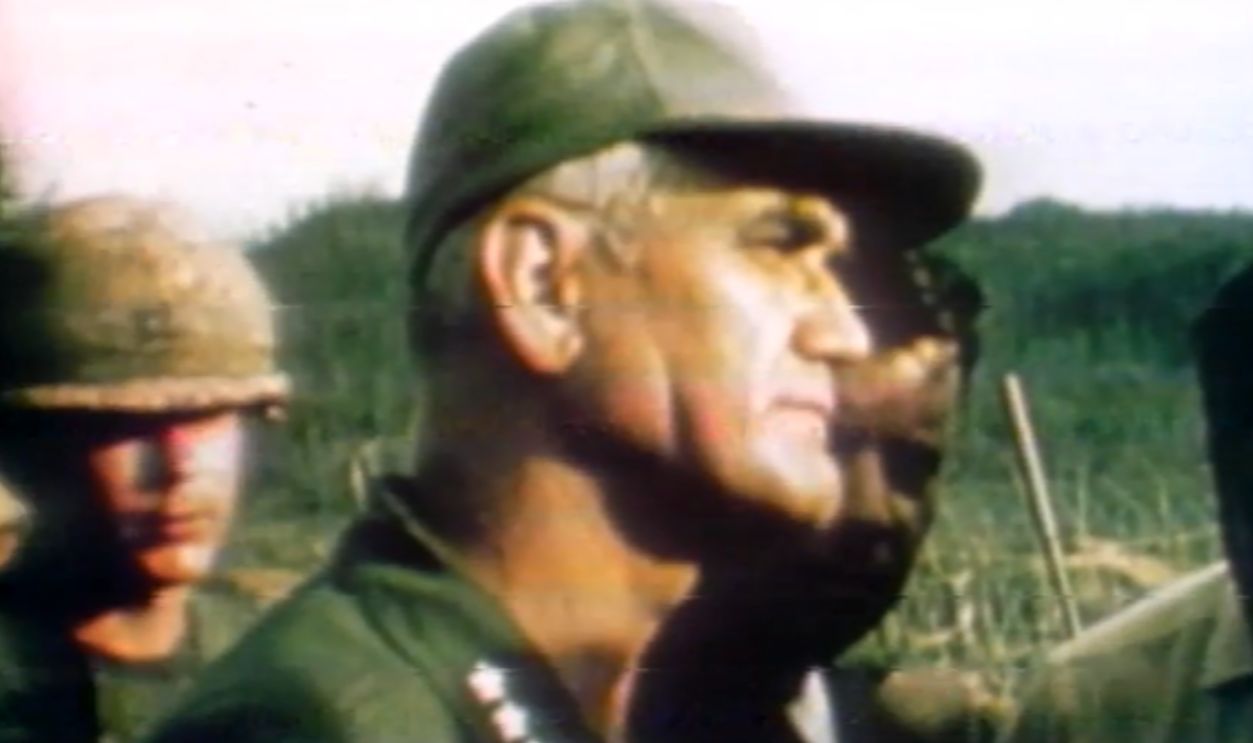 William Westmoreland: The Man Behind The Four Stars, South Carolina ETV
William Westmoreland: The Man Behind The Four Stars, South Carolina ETV
The Longest Most Meaningless Movie In The World (1968)
Total Runtime: 48 hours
This British experimental film lives up to its absurd title. Compiled from hundreds of clips, commercials, and discarded footage, it tests the audience’s definition of meaning itself. At 48 hours, it becomes less about watching and more about surviving, an almost existential commentary on attention and boredom.
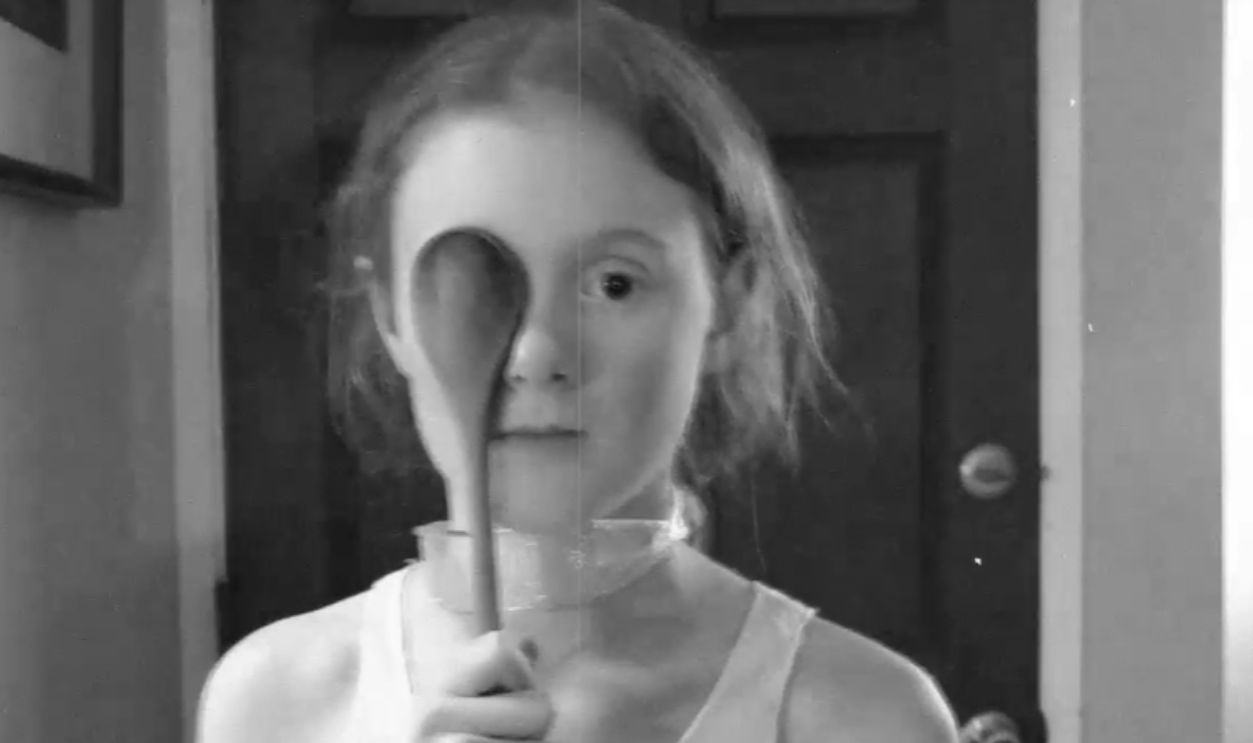 London Film-Makers' Co-op, The Longest Most Meaningless Movie in the World (1968)
London Film-Makers' Co-op, The Longest Most Meaningless Movie in the World (1968)
The Cure For Insomnia (1987)
Total Runtime: 87 hours (3 days, 15 hours)
This cult record-breaker features artist L.D. Groban reading a 4,080-page poem, intercut with clips of heavy metal concerts and adult films. It’s as strange as it sounds, blending performance art and provocation. The film’s sheer endurance turns insomnia into metaphor, a sleepless vision of art without limits.
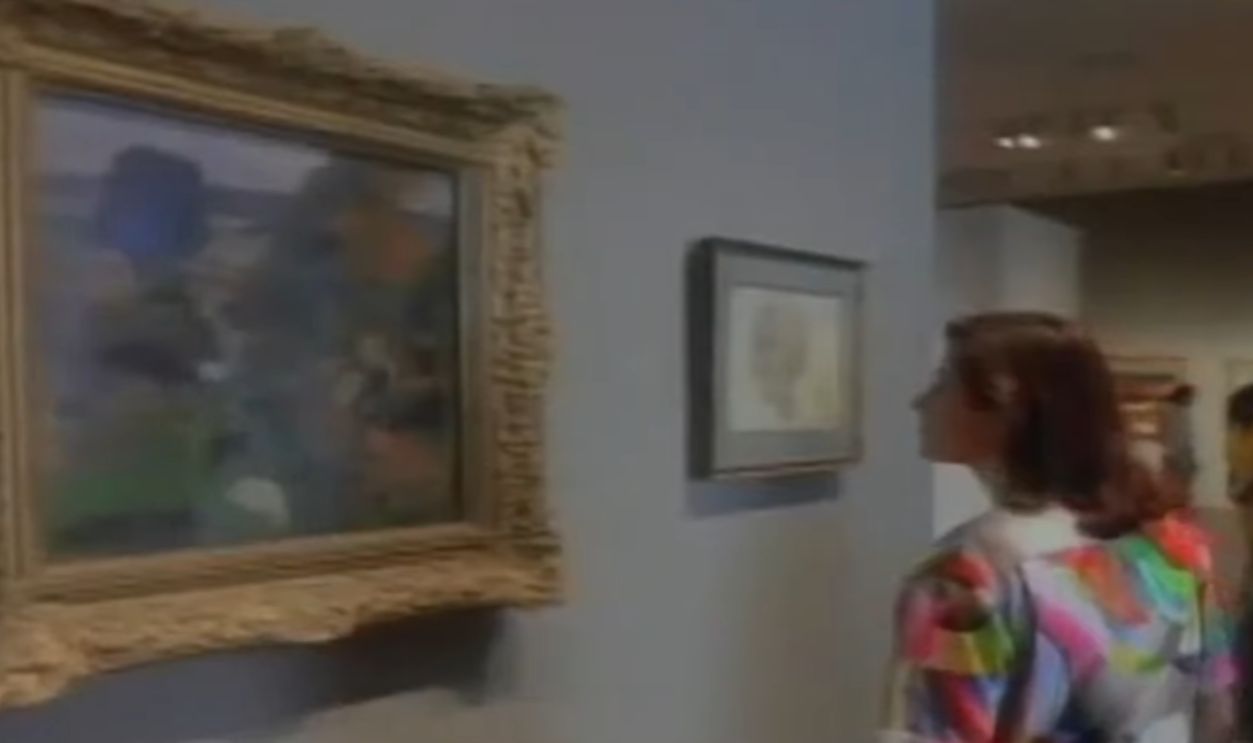 School of the Art Institute of Chicago, The Cure for Insomnia (1987)
School of the Art Institute of Chicago, The Cure for Insomnia (1987)
Matrjoschka (2006)
Total Runtime: 95 hours (3 days, 23 hours)
A massive looping project from Germany that explores themes of repetition, time, and recursion. The title refers to Russian nesting dolls, and fittingly, the film folds back on itself over and over. Watching it is like entering a hypnotic cycle where time dissolves into rhythm.
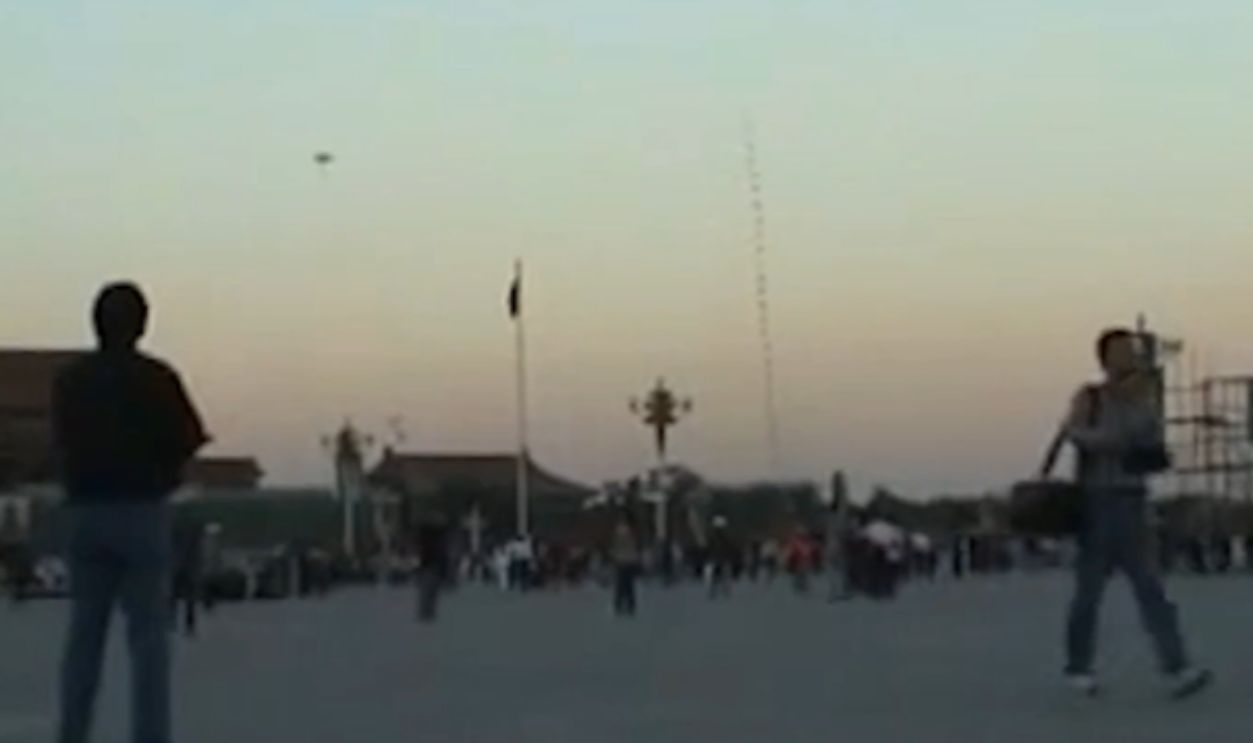 Medienwerkstatt Hamburg, Matrjoschka (2006)
Medienwerkstatt Hamburg, Matrjoschka (2006)
Untitled #125 (Hickory) (2011)
Total Runtime: 120 hours (5 days)
This five-day art film blends static imagery, natural sounds, and shifting light over an impossibly long runtime. Its quiet meditations on space and duration make it more like an installation piece than cinema. It invites viewers to let go of plot entirely and simply exist within its atmosphere.
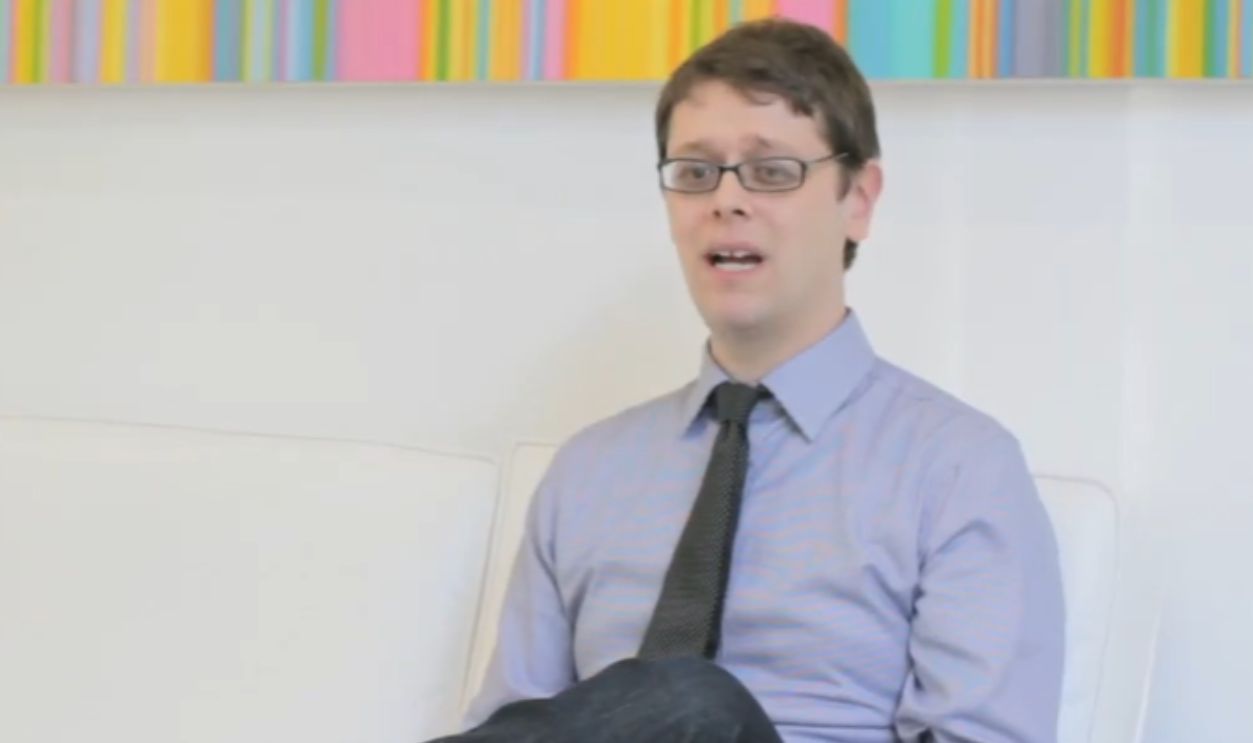 Josh Azzarella @ Mark Moore Gallery, MarkMooreGalleryLA
Josh Azzarella @ Mark Moore Gallery, MarkMooreGalleryLA
Cinématon (1972– )
Total Runtime: 150 hours (6 days, 6 hours)
Gérard Courant began filming three-minute silent portraits of people in the 1970s, including artists, friends, and even Jean-Luc Godard. Decades later, those snippets form one of the longest films ever created. The work is a living archive of humanity, growing over time and transforming life itself into cinema. As of 2025, it's still filming.
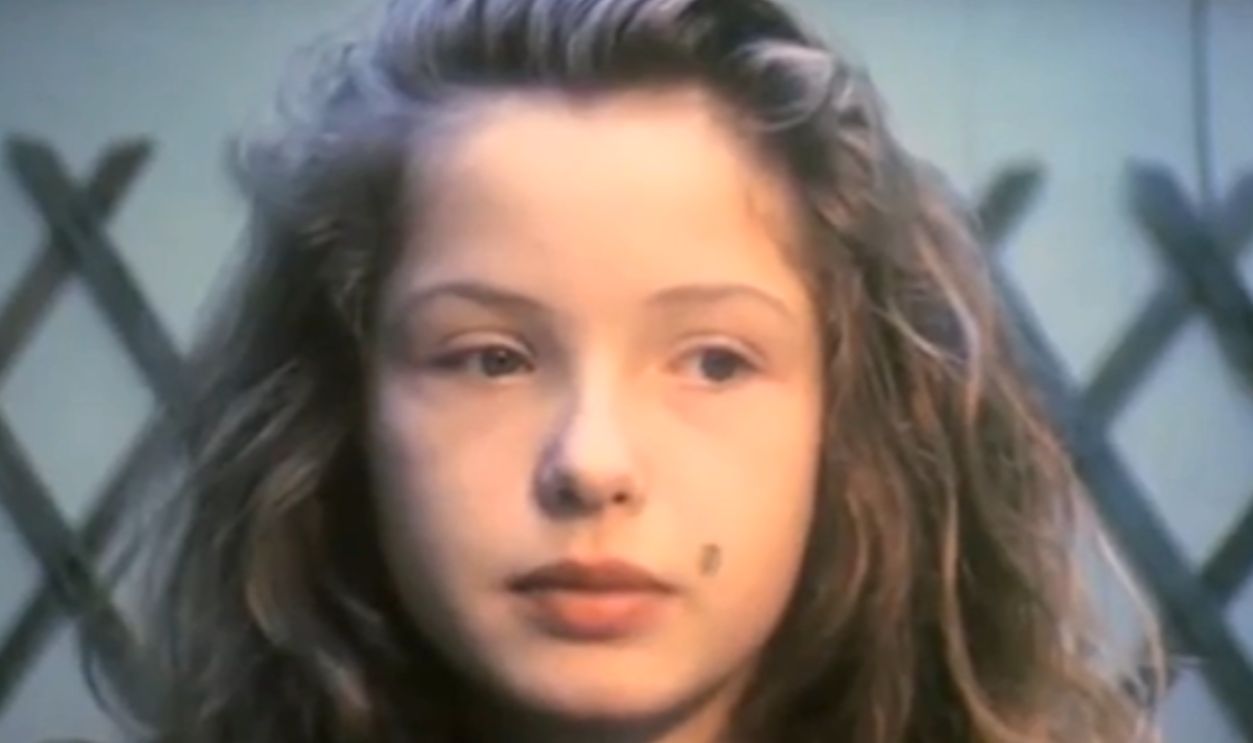 Gérard Courant Productions, Cinématon (1972– )
Gérard Courant Productions, Cinématon (1972– )
Beijing 2003 (2004)
Total Runtime: 150 hours (6 days, 6 hours)
This epic documentary captures Beijing’s urban evolution over months, showing neighborhoods being demolished, rebuilt, and reborn. The runtime allows the viewer to absorb the rhythm of the city and witness its transformation frame by frame. It’s less a movie than a meditation on progress and memory.
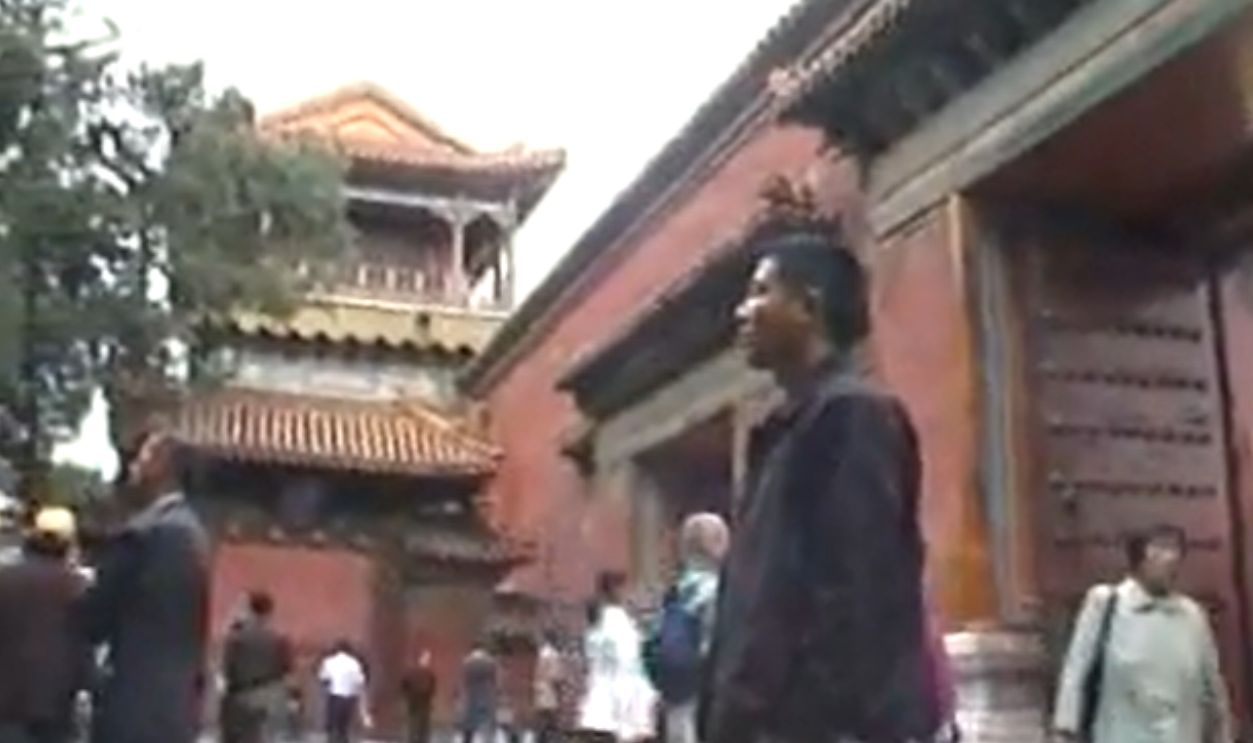 Ai Weiwei Studio, Beijing 2003 (2004)
Ai Weiwei Studio, Beijing 2003 (2004)
Modern Times Forever (2011)
Total Runtime: 240 hours (10 days)
Created by Danish artists Superflex, this project depicts the gradual decay of a building in Helsinki over ten full days. The film’s slow, mesmerizing visuals show how architecture ages, rusts, and erodes. It’s a hauntingly beautiful reminder that even monuments eventually fade with time.
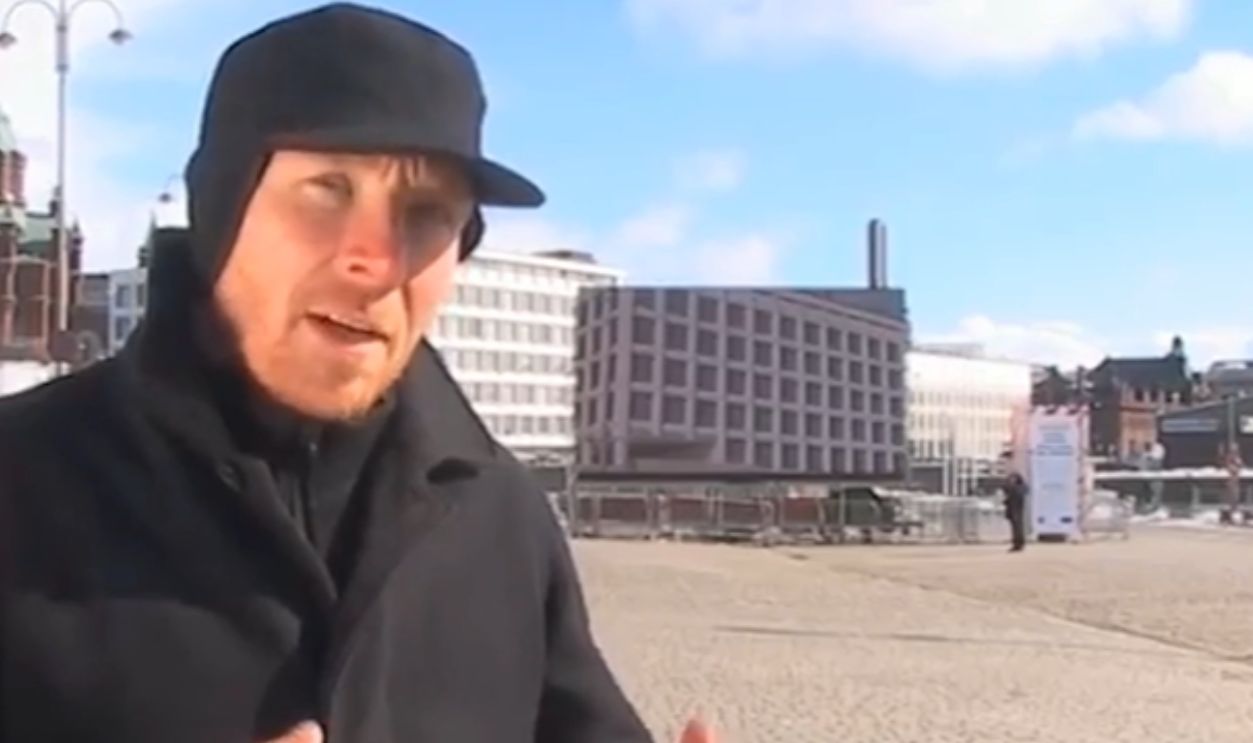 Superflex, Modern Times Forever (2011)
Superflex, Modern Times Forever (2011)
Logistics (2011)
Total Runtime: 857 hours (35 days, 17 hours)
The longest film ever made, this Swedish art project by Erika Magnusson and Daniel Andersson follows a product’s entire supply chain from a store in Stockholm back to its factory in China. The film runs in real time, syncing with the actual journey. At over a month long, it’s an audacious exploration of globalization, consumption, and the invisible distances behind everyday life.
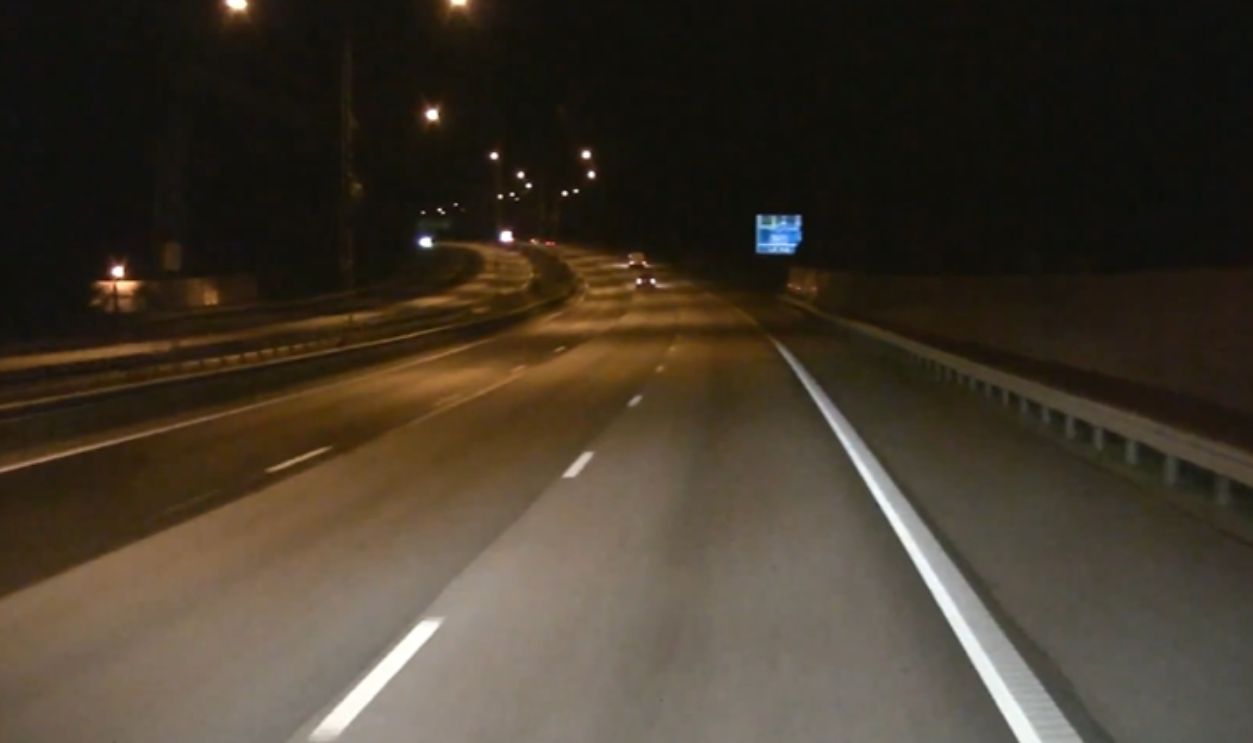 Kulturforeningen Ragnarok, Logistics (2011)
Kulturforeningen Ragnarok, Logistics (2011)
You May Also Like:
The Longest Pop Songs Ever Recorded
The Longest‑Running Movie Series That Still Slap
The Longest Running American Primetime Shows
Sources: 1

